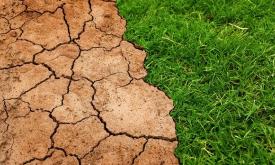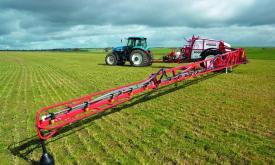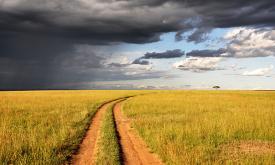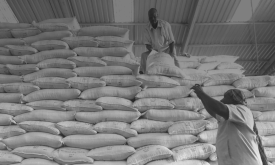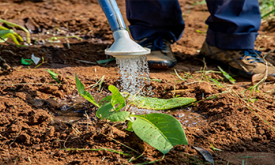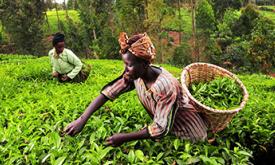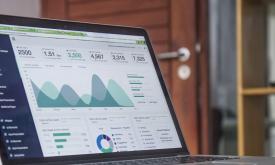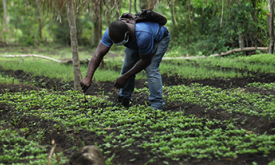GOAL 02: Zero hunger
End hunger, achieve food security and improved nutrition and promote sustainable agriculture
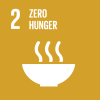
Datasets
Stories
These interactive stories are aimed at EU policymakers and African stakeholders. All stories are relevant to all African countries, but some present country specific data.
Tools
This selection of analytical tools allows you to interact with detailed maps and statistics. All tools are relevant to all African countries, and some have a global dimension.

